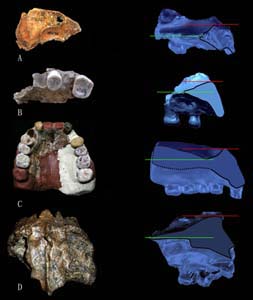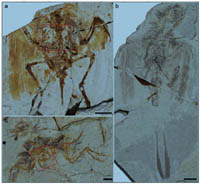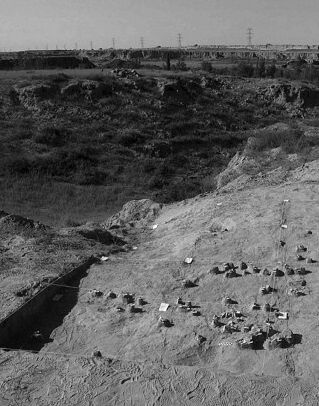|
 Research Progress Research Progress |
|
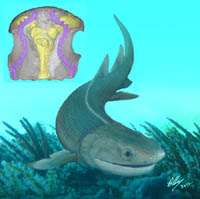 |
Earliest Known Finned Tetrapod Found From the Lower Devonian of China |
| An international team led by Dr. ZHU Min, Institute of Vertebrate Paleontology and Paleoanthropology (IVPP), Chinese Academy of Sciences, described a new finned primitive tetrapod, Tungsenia paradoxa gen. et sp. nov., from the Lower Devonian (Pragian, about 409 million years ago) of Yunnan, China, which extends the ... |
|
 |
New Species of Sinamia Found From Western Liaoning, China |
| According to a paper published in the latest issue of Vertebrata PalAsiatica 2012(4), Dr. ZHANG Jiangyong, Institute of Vertebrate Paleontology and Paleoanthropology (IVPP), Chinese Academy of Sciences, described a new species of sinamiid fish, Sinamia liaoningensis, from the Barremian-Aptian Yixian and Jiufotang fo... |
|
 |
Oldest Flying Fish Fossil Found in the Middle Triassic of China |
| Paleontologists from the Institute of Vertebrate Paleontology and Paleoanthropology (IVPP), Chinese Academy of Sciences, Zhejiang Museum of Natural History and Peking University, reported the discovery of exceptionally well-preserved fossils of a new thoracopterid flying fish from the Middle Triassic of Xingyi City,... |
|
|
|
|
|
|
|
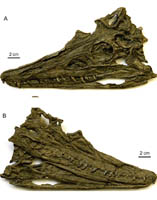 |
New Archosaur Found from the Marine Triassic of Southwestern China |
| Paleontologist LI Chun, Institute of Vertebrate Paleontology and Paleoanthropology (IVPP), Chinese Academy of Sciences, and his research team, reported a new genus and species of archosaur, Diandongosuchus fuyuanensis, a Pseudosuchian reptile, from the Middle Triassic Zhuganpo Member (Ladinian) of the Falang Formati... |
|
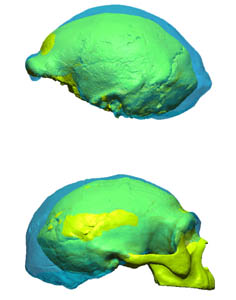 |
New Study Supporting Peking Man an Isolated Population |
| Paleoanthropologists from the Institute of Vertebrate Paleontology and Paleoanthropology (IVPP), Chinese Academy of Sciences, used both traditional metrics and recently developed 3D scanning techniques to explore the morphological variations of Peking Man’s skulls at Zhoukoudian Locality 1, and found that the skull... |
|
 |
New Paleolithic Site in Gansu Province, North China |
| A joint team of the Institute of Vertebrate Paleontology and Paleoanthropology (IVPP), Chinese Academy of Sciences, and the Gansu Provincial Institute of Archaeology found a new paleolithic site at Xujiacheng village, Wanquan Town, Zhuanglang County, Gansu Province on June 29, 2009, and excavation was carried out la... |
|
|
|
|



